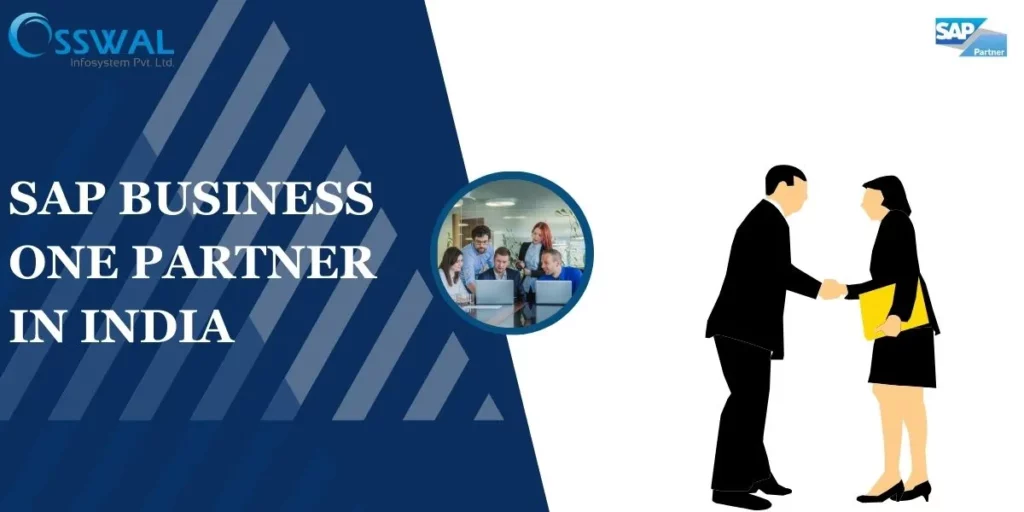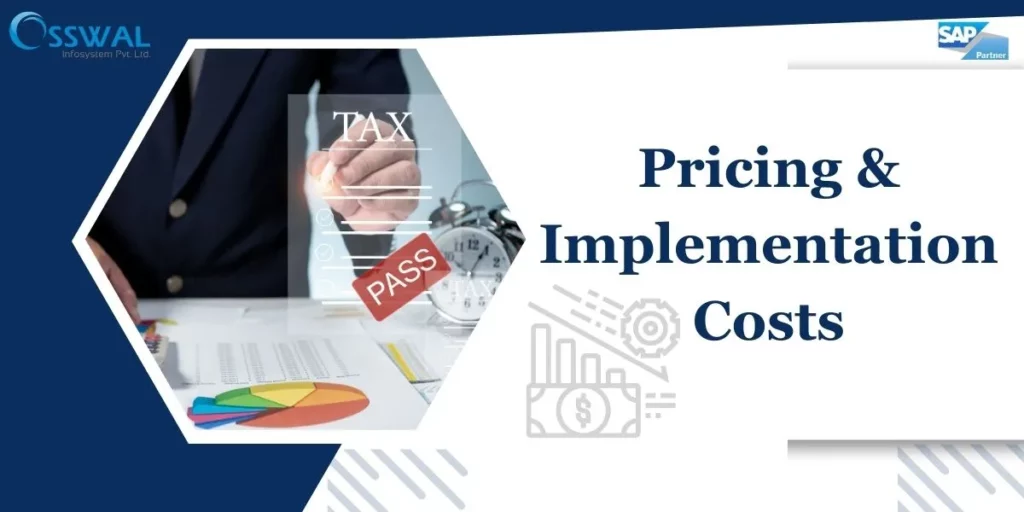
The 5 Pillars of SAP Business Technology Platform (SAP BTP): Powering the Intelligent Enterprise in 2025
Organisations in the current and ever-changing business ecosystem are compelled to introduce innovation at a higher speed, adapt quickly to changing market conditions, and provide their clients without any inhibition digital services. The pace of change in 2025 is driven by technological advancements, increasing data complexity, and rising customer expectations. Companies that do not go forward with the change will struggle to stay relevant. Meanwhile, companies that choose to adopt the new, flexible platforms will enjoy the benefits of a competitive market position.
The SAP Business Technology Platform is one of the major drivers of this change. Rather than being a single product, SAP BTP is a combined foundation that connects all of SAP’s products, services, and solutions in one ecosystem-empowering companies to integrate, extend, and innovate without interrupting their core systems.
Why SAP BTP Is Critical for Modern Enterprises
While these hybrid environments in which companies operate — cloud, on-premise, and third-party solutions — technology should be a bridge rather than a barrier. To be able to survive the competition in 2025, organizations will need:
- Innovation on a continuous basis to keep up with the market needs.
- IT operations that are agile and can reduce the complexity of the tasks along with accelerate the delivery of your projects.
- Robust, data-driven business models that ensure operational security amid continuity and contribute to decision-making processes.
SAP BTP meets these demands by offering a stepwise, scalable, and automated digital transformation foundation.
The Five Pillars of SAP BTP
SAP Business Technology Platform fundamentally relies on the five pillars of the business technology area. Application Development, Automation, Integration, Data & Analytics, and Artificial Intelligence (AI) makeup the five design pillars that aim to solve the corresponding issues of business technology.
1. Application Development
The Application Development pillar enables businesses to rapidly build, customize, and manage applications that enhance operational efficiency and customer engagement.
Using pro-code like SAP Business Application Studio, SAP Fiori, and SAPUI5, organizations can also implement one more development approach, which is low-code/no-code thus making developers and non-technical users work together to the benefit of the company.
The democratization of development has the effect of cutting IT teams dependency and at the same time, the innovation cycles are getting faster. Companies can adjust the SAP software needed, re-organize business through building and use the designing of customer-centric digital experiences for them.
2. Automation
The third generation of Automation is not just focusing on cutting manual operations though but intelligent process orchestration is the main goal of that kind of automation.
The Automation pillar, facilitated by such valuable resources as SAP Build Process Automation and SAP Intelligent Robotic Process Automation (RPA), basically sets all units in a company free, enabling them to easily map and understand their areas of critical business processes and then decide where the automated workflows should be created.
Repeating activities that are prone to errors are totally removed which leads companies to get a return of the time invested in a quicker way, while also lowering the company costs and productivity of employees improves. When automation is powered by AI, it becomes adaptive, which means it can perform tasks that are unexpected in a business as if it were real-time.
3. Integration
Integration is still the main factor for a truly connected enterprise. When companies are going to multi-cloud operations and using different technologies, they must be able to integrate their systems seamlessly to have unified operations.
The Integration pillar makes use of the SAP Integration Suite which enables integration between SAP and non-SAP systems regardless of whether they are on-premise, hybrid, or cloud.
By using prebuilt connectors, APIs, and event-driven architecture, companies can break down silos and keep data flowing in real time, thus providing a seamless experience along the entire value chain—from suppliers to customers.
4. Data and Analytics
While data is the most valuable asset of a digital economy, its real value is in the use of raw data to produce actionable insight.
The Data and Analytics pillar of SAP BTP brings tools like SAP Datasphere and SAP Analytics Cloud, which help businesses to consolidate, manage and visualise their data, which comes from multiple sources, hence they do not need to move the data in a large quantity.
Through predictive analytics, real-time dashboards, and planning tools, decision-makers can foresee rather than react to market dynamics, therefore, they can achieve resource optimization and discover new revenue streams in the process.
5. Artificial Intelligence (AI)
AI has transformed from a nascent technology to a key feature of the intelligent enterprises in 2025.
Using SAP AI Core and AI Foundation, the organizations are allowed to directly put the machine learning models into their business processes. The progress of AI in all areas that range from predictive maintenance to demand forecasting, to personalized marketing and customer behavior analysis has made operations smarter, quicker, and self-sufficient.
Moreover, AI and automation have become a great combination for companies as it allows them to run through the decision-making process on the spot, cut out the possibility of mistakes, and design adaptive business processes that, over time, become continually improved.
Why the Pillars Work Best Together
Each pillar can cater for value on its own, however, the true impact of SAP BTP becomes visible when they are combined.
- Integration + AI not only assures connected systems but also systems that are capable of making intelligent decisions on their own without any intervention.
- Data & Analytics combined with Artificial Intelligence facilitates the transformation of data into predictive insights that result in a competitive advantage.
- Application Development + Automation accelerates process innovation without disrupting core operations.
Who Benefits from SAP BTP?
SAP BTP is all about benefiting every stakeholder who is involved in the journey of digital transformation.
- Developers get modern development tools, low-code/no-code platforms, and prebuilt services at their fingertips.
- Partners can leverage SAP ecosystem to create, extend, and market solutions more efficiently.
- Customers can pick one pillar—like integration or automation—and build their skills gradually while existing systems continue to work without any disturbance.
Real-World Business Impact
Consider a global retailer that runs multiple regional operations, each with different combinations of on-premise ERP and cloud commerce systems. By using SAP BTP, the retailer could:
- Incorporate its sales, inventory, and logistics data without delay.
- Make order approvals and invoicing as automated as possible.
- Develop a mobile app that offers shoppers personalized experiences.
- Besides that, AI can be used to predict the demand for the season, and the supply chain can be optimized.
This lead to a smooth and smart enterprise that meets the customers’ needs better and at the same time saves the company’s costs.
The Road Ahead for SAP BTP
SAP BTP is constantly redesigned by SAP to provide more services, offer AI capabilities that are enhanced, and have a tighter connection with the latest technologies. The businesses can opt for these capabilities one by one, thus making sure that their digital transformation remains adaptable, expandable, and cost-saving.
Final Thoughts
The five pillars of SAP Business Technology Platform—Application Development, Automation, Integration, Data & Analytics, and Artificial Intelligence—**are the core components of future-ready enterprises in 2025.
If companies are able to utilize these fundamental aspects, they will be capable of constructing smart, flexible systems that not only help them maintain innovation but also achieve operational excellence.
The question is not whether but how SAP BTP would impact the change in your company. It might come as a helpful tool in achieving better management of the systems that are already in place, reconstructing the processes that are fragmented, or taking advantage of the latest technological trends. In any case, the firm can decide to go ahead with the complete transformation or just with one pillar.


